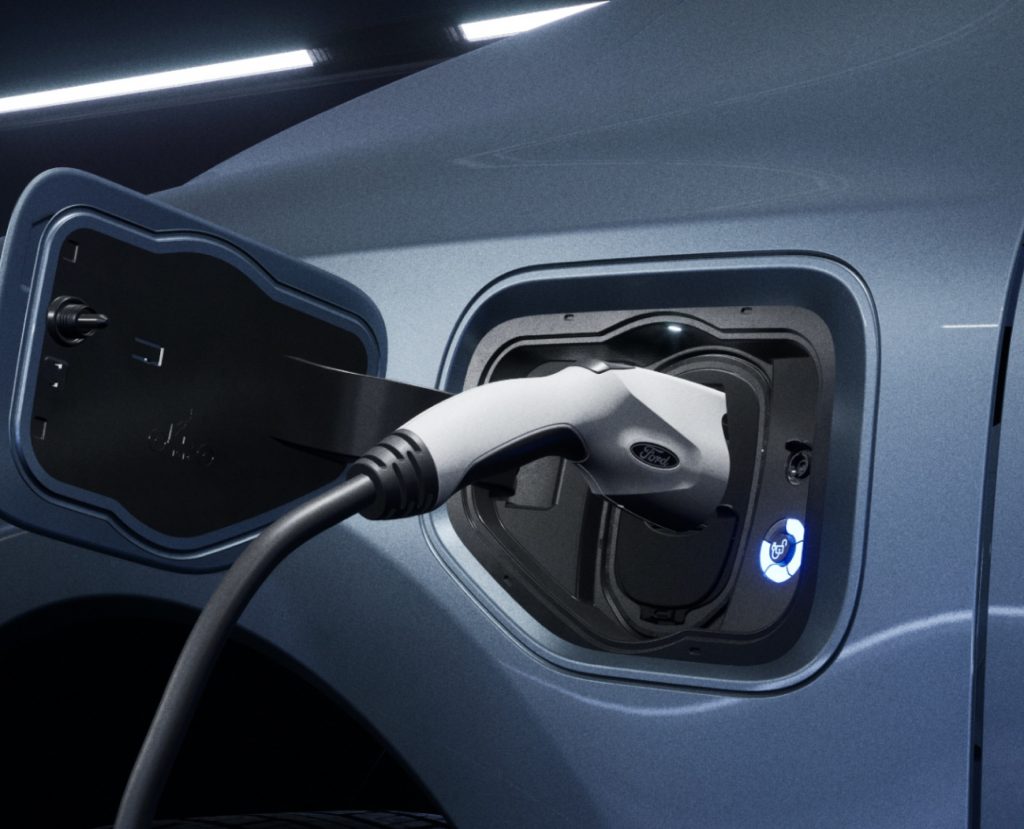Cooling Systems for Battery Charging Stations
Contattateci oggi stesso per la soluzione di controllo della temperatura perfetta
With the development of the automobile industry, the market share of new energy vehicles continues to rise. These new energy vehicles include pure electric vehicles, hybrid vehicles, etc. For the use of these vehicles, charging is a very important link. As charging proceeds, both the battery and the charging device will generate a lot of heat. This requires an effective solution to provide cooling systems for new energy vehicle battery charging stations.
Per prima cosa, analizziamo il calore generato dalla batteria e dall'apparecchiatura di ricarica durante la carica. Durante la carica, la batteria presenta una certa resistenza e durante la carica si genera una piccola quantità di calore attraverso queste resistenze. Inoltre, anche le reazioni chimiche all'interno della batteria generano calore. Durante il processo di carica, la batteria subisce reazioni interne di carica e scarica, con conseguente generazione di calore. Anche le apparecchiature di ricarica generano calore a causa delle variazioni di corrente e tensione. A volte anche l'apparecchiatura di carica si danneggia a causa dell'elevata temperatura di carica.

Next, let’s take a look at the cooling solutions for new energy vehicle battery charging stations, which are divided into the following two types:
1. Air cooling solution
L'aria viene utilizzata per raffreddare le batterie dei veicoli a nuova energia e le stazioni di ricarica. I vantaggi di questa soluzione sono il basso costo, la facilità di installazione e manutenzione e così via. Inoltre, il raffreddamento ad aria è ecologico, in quanto non richiede l'uso di alcun refrigerante. Tuttavia, le prestazioni del raffreddamento ad aria sono inferiori a quelle del raffreddamento a liquido e non è possibile raggiungere l'elevata efficienza del raffreddamento a liquido.
2. Liquid cooling solution
In this solution, liquid is used to cool new energy vehicle battery charging stations. Liquid cooling solutions typically use coolants such as water and glycol mixtures. Liquid cooling systems can provide higher cooling efficiency because liquid cooling has a greater heat capacity than air cooling. Additionally, the liquid cooling system can be adjusted as needed for optimal cooling. However, the disadvantages of liquid cooling solutions are that they are more expensive and require more complex installation and maintenance.
In addition to the above two solutions, there is also a hybrid solution. For this scheme, air cooling and liquid cooling are usually combined. In this hybrid solution, the heat in the battery and charging equipment that is cooled by air cooling is often sent to the liquid cooling system for further cooling.
For different new energy vehicle charging systems, we can use different cooling solutions. For example, a system that uses water cooling mode can better reduce the temperature of the battery, thus extending its service life. At the same time, it will also provide better protection for high-speed charging and long-term driving of new energy vehicles.
All in all, cooling solutions for new energy vehicle battery charging stations are very important, as they can extend the service life of batteries and charging equipment, improve charging efficiency, and avoid damage caused by overheating. In the future, with the continuous advancement and innovation of technology, we believe that more and more efficient charging and cooling technologies will be applied to the field of new energy vehicles.
E-mail: info@lneya.com ID WeChat: +8615251628237 WhatsApp: +86 17851209193
 LNEYA
LNEYA
 简体中文
简体中文


















































































